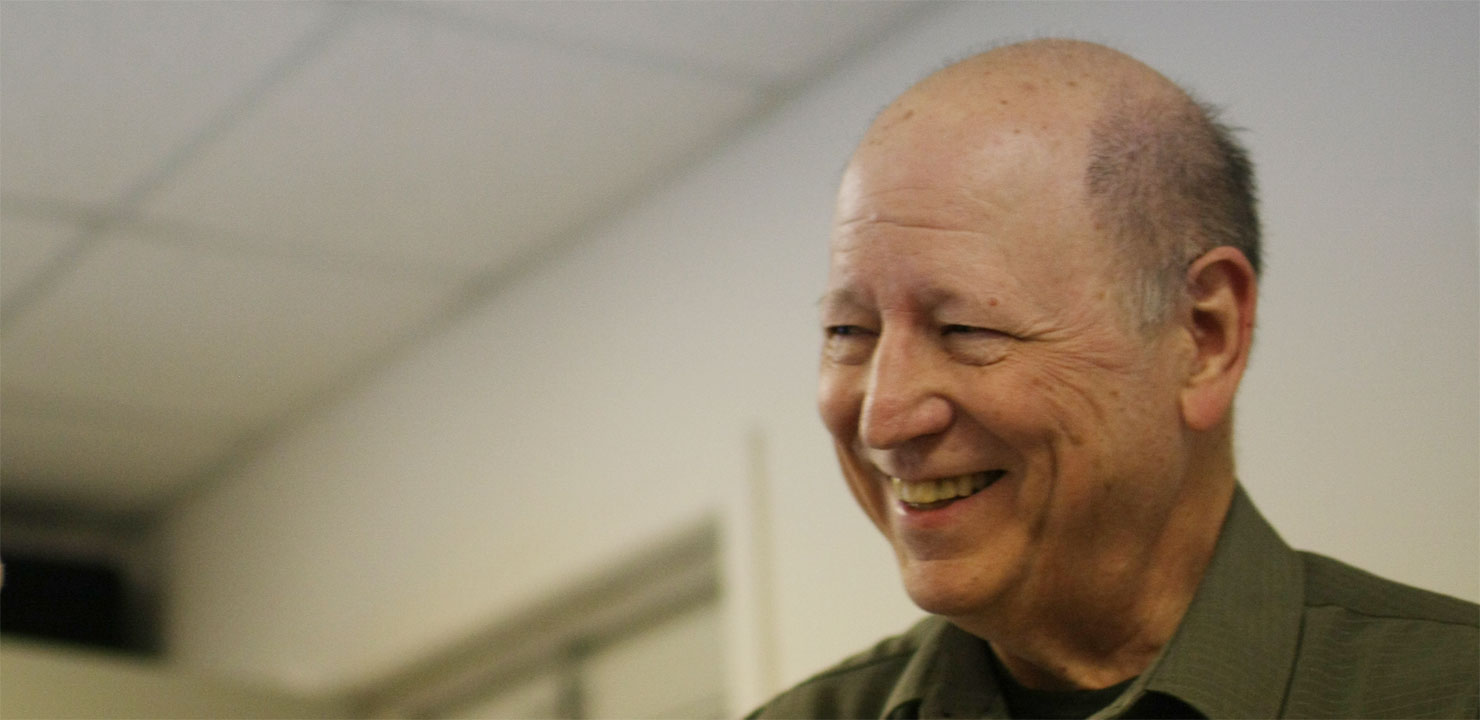
President's Message: July 2012
by Ed Haskell
This month I will continue discussing the various initiatives enumerated in the June issue, but first there are two matters that deserve your attention.
The June meeting was the first of three new format summer meetings. We began with a pot luck supper at 5:30pm, followed by a technical meeting featuring a Long Program by member Dr. Savvas Koushiappas professor of Physics at Brown University and two Short Programs, the first by Gerry Dyck on his experiences traveling west to observe the annular eclipse of the sun, and the second by Tom Thibault, Jim Hendrickson, and Jack Szelka on the Transit of Venus and other observing. Second VP Kathy Siok coordinated the pot luck supper and the entire event was a rousing success.
The second matter is the Society's new website, http://www.theskyscrapers.org which is a complete rewrite of the older site that has served us for a number of years. In both cases these sites are the work of Board member Jim Hendrickson. The new site demonstrates better than words can describe that Jim is a web developer of quite exceptional ability and talent. I encourage you to connect to the site and see for yourself what a great asset this new site is to Skyscrapers .
Last month I identified four broad areas to which the Board's attention would be focused this year, each of which has multiple aspects. Then I wrote in detail about one of those aspects, the changed meeting format, which has already been put into place. This month I want to explain an approach to improving access to the Observatory instruments.
Some years ago when the 16” instrument was obtained it was with the intent to automate its operation and to make it available over the Internet. Subsequent events apparently were considered of more immediacy and nothing was accomplished on the automation. I have appointed a committee chaired by past president Tom Thibault with members Bob Napier, Bob Forgiel, and Rob Bazinet. All of these members have experience in one or more of the disciplines required to analyze and plan an undertaking to bring the use of this instrument into the homes of all members. They have been charged with accomplishing this before the next Annual Meeting. This is an ambitious target for an all volunteer organization. If you are called upon by the committee to help please try to do so.
In my instructions to the committee I described how I visualized a solution might look. A member could either sign up for a block of time with a specified observing objective or electronically “look over the shoulder” of another members' time block. Whichever of these cases is involved, a member would connect to a members-only website and either begin controlling the observing session or watch the session being controlled by another member. Any number of members could be in this over the shoulder category simultaneously. My objective is to give all members access to the 16” Meade every clear night of the year from the comfort and convenience of their own home.
As you might well imagine there are quite a number of issues to be analyzed and solutions found before this dream can be realized. Some steps are much easier than others. For example, all of the physical and most if not all of the electronic facilities are already in place to control the 16” telescope and to feed its images to the meeting hall for display on the screen. This could be a significant enhancement to our public observing nights and is realizable in short order.
Some of the other areas requiring investigation are how to bring Internet access back to the Observatory (we had free access for several years but it was not used and, sadly, was removed), how to automate the roll off roof from the 16” observatory building, how to secure the site from unintended damage when in use but not manned (rain, vandals, etc.), how to secure the web site from being breached by someone intent on damaging the instrumentation, procedures for choosing observing programs, how much this will cost and how we pay for it, what access, if any, is offered to others (educational institutions, students, organizations), how this might affect the workload of the Trustees, how the nature of the public sessions might change and be enhanced, which software control programs should be used, and so on.
The committee has already met informally and there is a preliminary understanding of the various categories of work required to be performed. An early deliverable is a plan that outlines each of the major steps involved and quantifies the effort and expense of each as well as interim deliverables such as the display of live images in the meeting hall described above. At a suitable time I will ask Tom to present a report on the committee's work at a regular meeting.
In a future President's Letter I will cover additional initiatives we are undertaking to improve the value of your membership in Skyscrapers.
Thanks for all you do for Skyscrapers.



